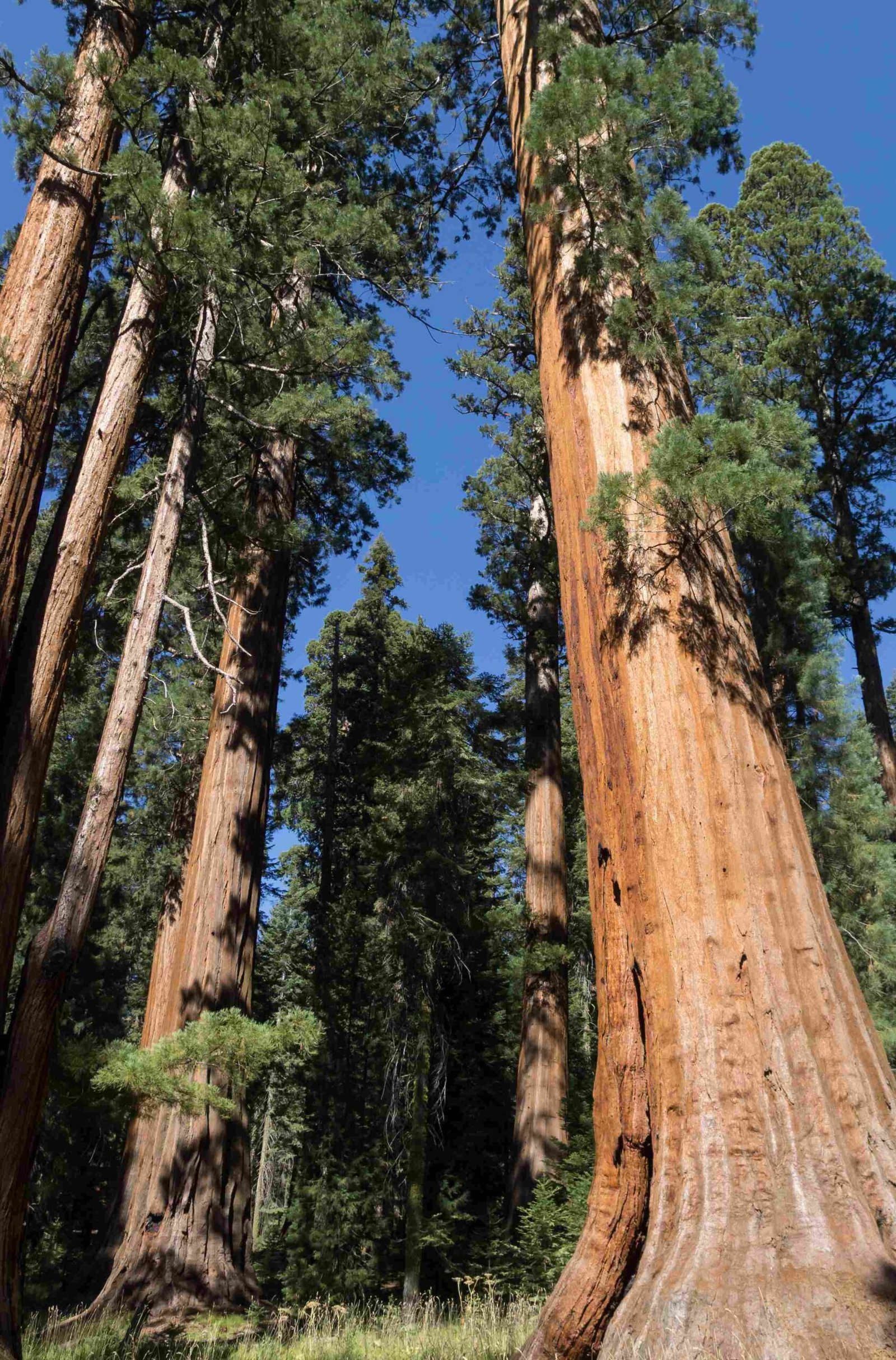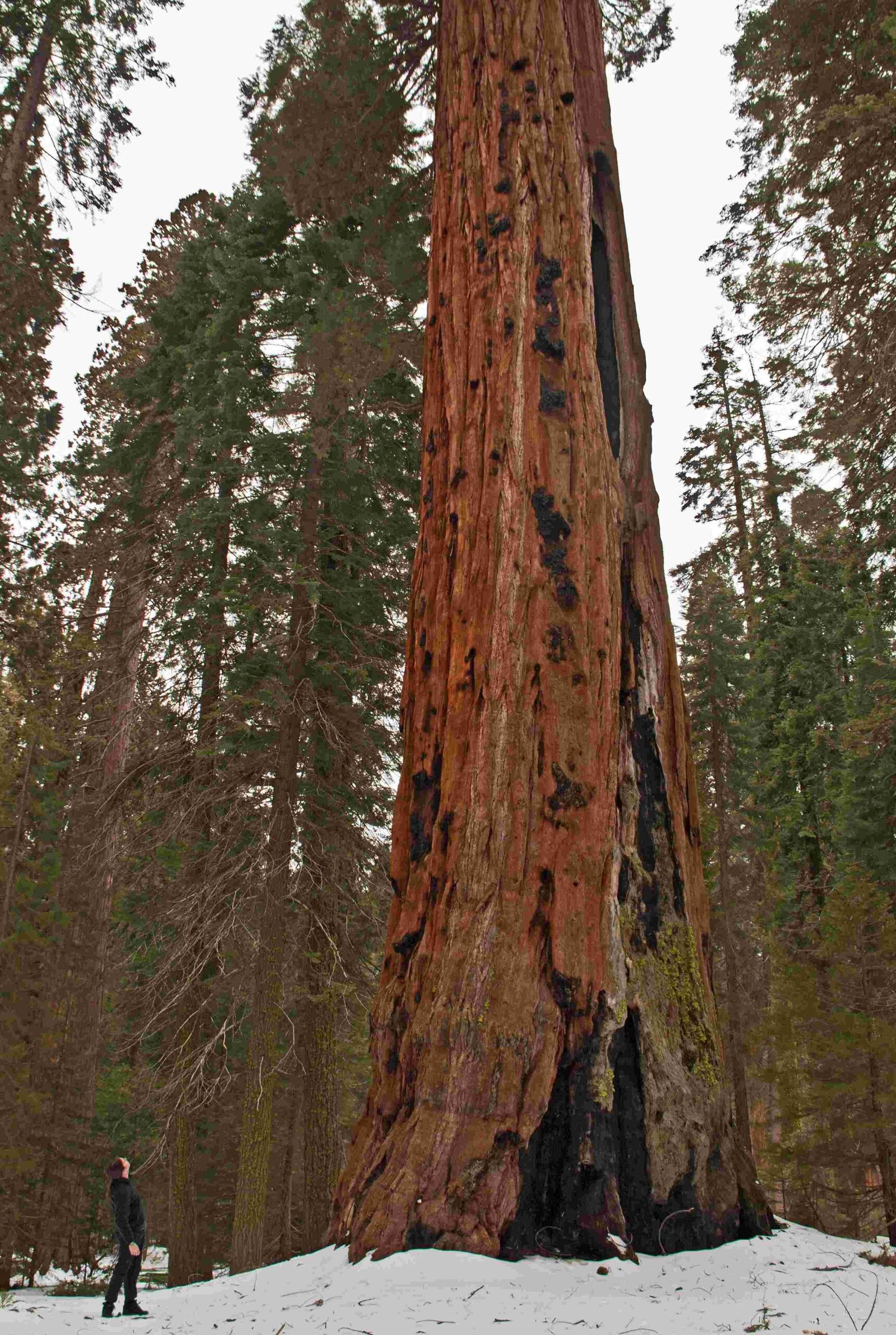Sequoia National Park is not a rainforest. Despite its lush forests and diverse ecosystems, the park’s climate and precipitation patterns do not meet the criteria for a rainforest classification. Sequoia National Park receives significantly less annual rainfall than typical rainforests and experiences distinct seasonal variations in precipitation and temperature. The park’s unique ecosystems, including giant sequoia groves and mixed conifer forests, thrive in a climate that ranges from Mediterranean to alpine, rather than the consistently wet and humid conditions found in rainforests.
What Are the Key Differences Between Sequoia National Park and a Rainforest?

Precipitation Levels
Sequoia National Park’s precipitation patterns differ significantly from those of a rainforest:
- Annual Rainfall: The park receives an average of 26 inches (66 cm) of rain per year.
- Rainforest Comparison: Typical rainforests receive over 80 inches (200 cm) annually.
- Seasonal Variation: Sequoia experiences dry summers and wet winters, unlike the consistent rainfall in rainforests.
Temperature and Climate
The climate in Sequoia National Park varies greatly:
- Elevation Range: From 1,370 to 14,494 feet (418 to 4,418 m) above sea level.
- Climate Types:
- Lower elevations: Hot-summer Mediterranean (Csa)
- Higher elevations: Tundra (ET)
- Temperature Fluctuations: Significant seasonal and daily temperature changes, unlike the stable temperatures in rainforests.
What Ecosystems Exist in Sequoia National Park?

Sequoia National Park boasts diverse ecosystems, each adapted to specific elevation ranges and climate conditions:
- Giant Sequoia Groves
- Part of Sierra Nevada mixed conifer forests
- Home to the world’s largest trees by volume
-
Optimal elevation: 4,000 to 8,000 feet
-
Mixed Conifer Forests
-
Diverse tree species including:
- Ponderosa pine
- Jeffrey pine
- Sugar pine
- Incense-cedar
- White fir
- Red fir
-
Montane Forests
- Found at higher elevations
- Dominated by red fir and lodgepole pine
-
Characterized by deep winter snow accumulation
-
Foothills Ecosystems
- California Foothills ecosystem at lower elevations
- Includes:
- Blue oak woodlands
- Foothills chaparral
- Grasslands
- Yucca plants
- River valleys
How Does the Climate in Sequoia National Park Affect Its Vegetation?
The unique climate of Sequoia National Park plays a crucial role in shaping its vegetation:
| Elevation | Climate Type | Dominant Vegetation |
|---|---|---|
| Low | Mediterranean | Oak woodlands, chaparral |
| Mid | Temperate | Mixed conifer forests, giant sequoia groves |
| High | Alpine | Red fir, lodgepole pine |
- Giant Sequoias: Thrive in specific soil and moisture conditions found between 4,000 and 8,000 feet.
- Seasonal Adaptation: Plants have adapted to dry summers and wet winters, unlike rainforest vegetation.
- Diverse Habitats: The varied climate supports a wide range of plant species across different elevations.
What Are the Precipitation Patterns in Sequoia National Park?
Sequoia National Park’s precipitation patterns are distinct from those of a rainforest:
- Seasonal Distribution
- Winter: Wettest season, with significant snowfall at higher elevations
-
Summer: Dry, with occasional thunderstorms
-
Monthly Averages
- Wettest Months: January and February
-
Driest Months: July and August
-
Elevation Effects
- Higher elevations: More precipitation, primarily as snow
-
Lower elevations: Less precipitation, mainly as rain
-
Impact on Ecosystems
- Seasonal water availability shapes plant communities
- Snow melt provides crucial water supply during dry summers
Why Is Sequoia National Park Not Classified as a Rainforest?
Several factors contribute to Sequoia National Park not being classified as a rainforest:
-
Insufficient Annual Rainfall: The park’s average annual precipitation falls far short of rainforest criteria.
-
Seasonal Precipitation: Unlike rainforests, Sequoia experiences distinct wet and dry seasons.
-
Climate Variability: The park’s climate ranges from Mediterranean to alpine, unlike the consistent tropical or temperate rainforest climates.
-
Vegetation Types: While diverse, the park’s plant communities are adapted to drier conditions than those found in rainforests.
-
Humidity Levels: Generally lower humidity compared to the consistently high levels in rainforests.
In conclusion, while Sequoia National Park is home to impressive forests and diverse ecosystems, its climate, precipitation patterns, and vegetation types clearly distinguish it from rainforests. The park’s unique characteristics make it a remarkable example of Sierra Nevada ecosystems rather than a rainforest environment.
References:
1. Wikipedia – Sequoia National Park
2. WorldAtlas – Sequoia National Park
3. National Park Service – Montane Forests
